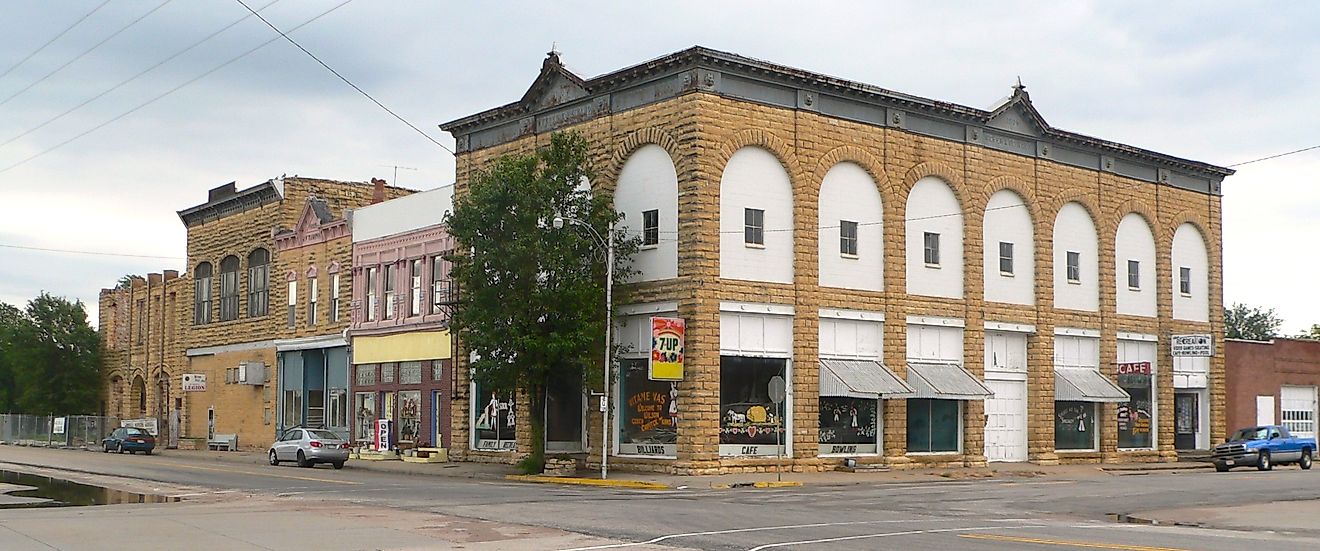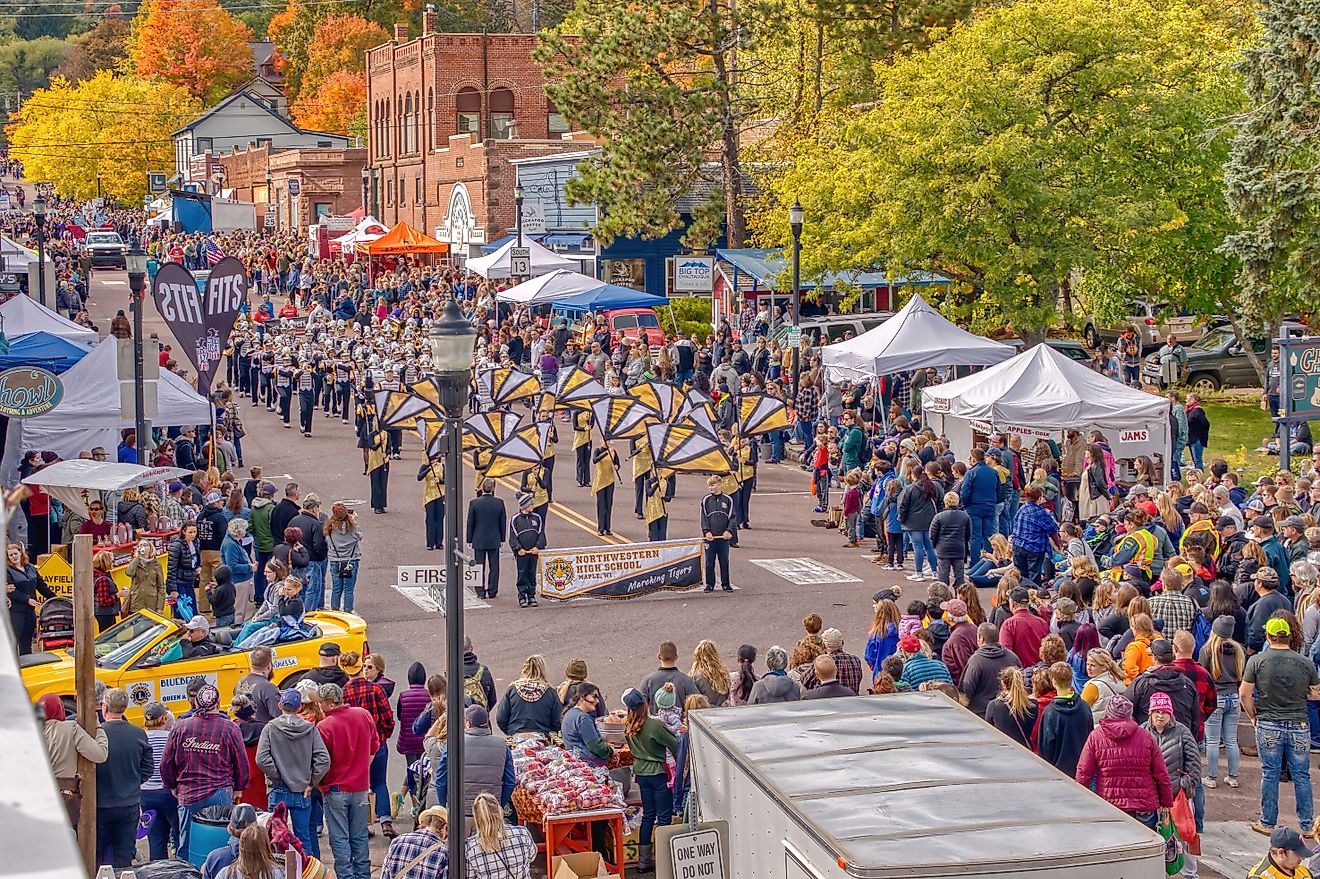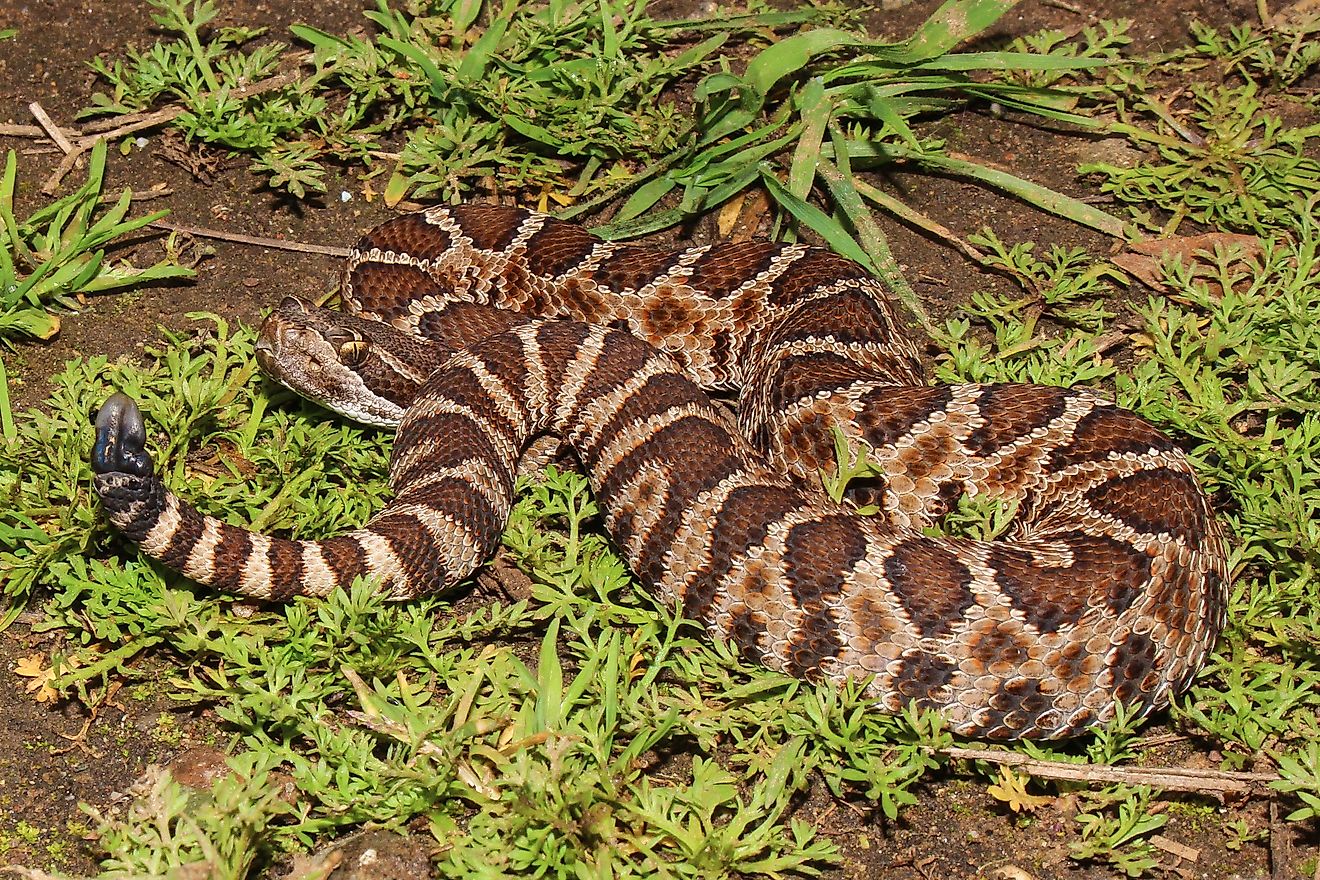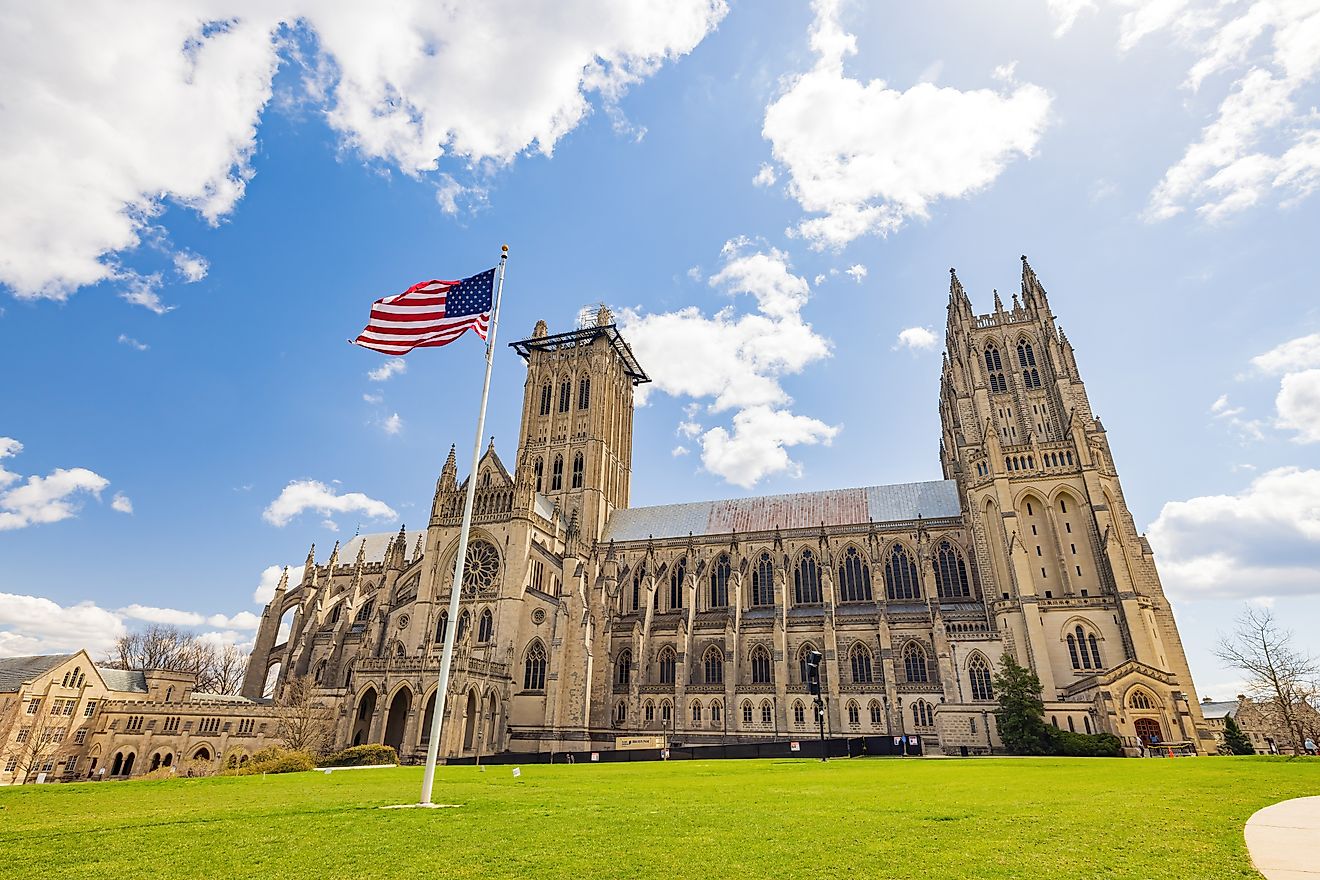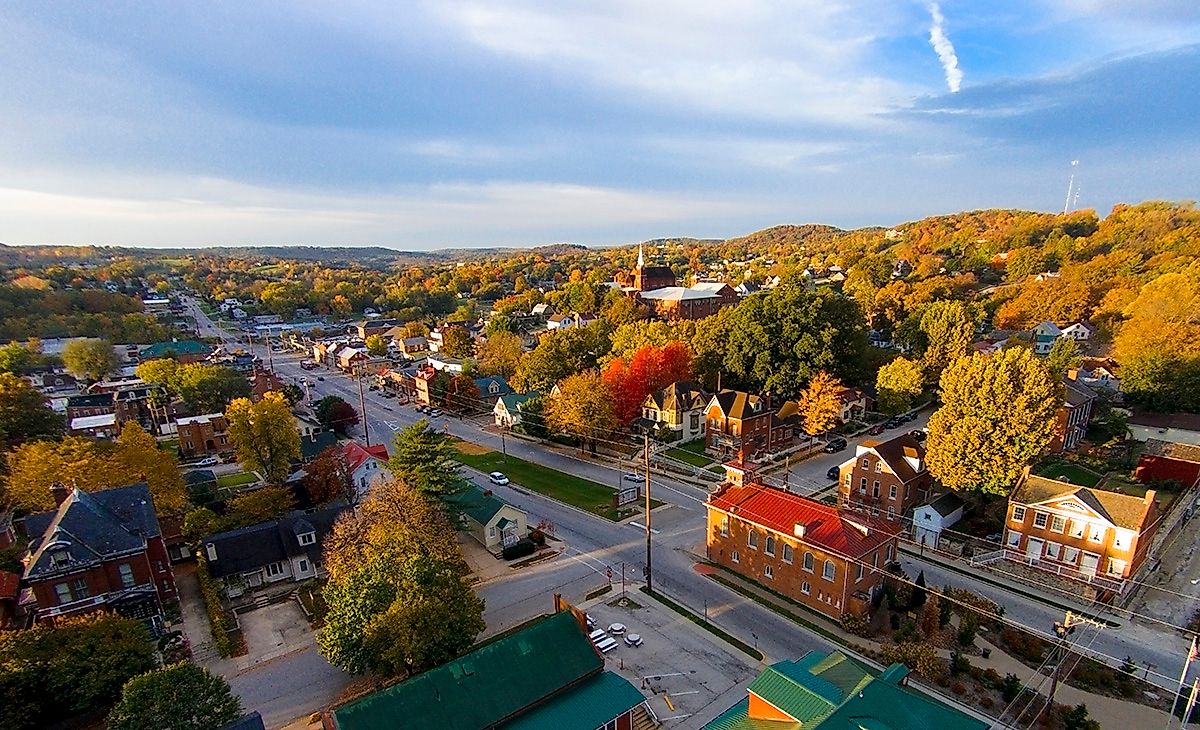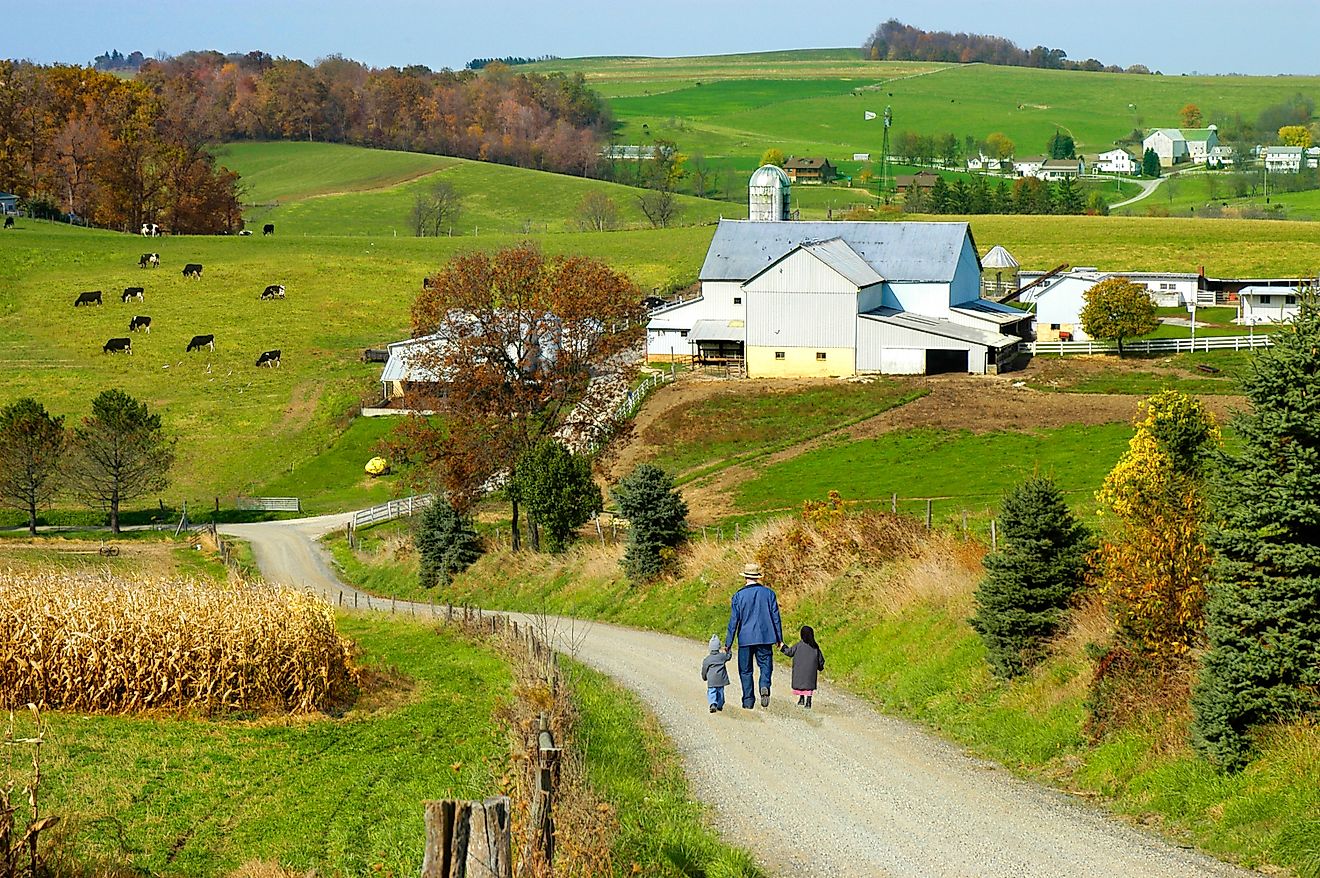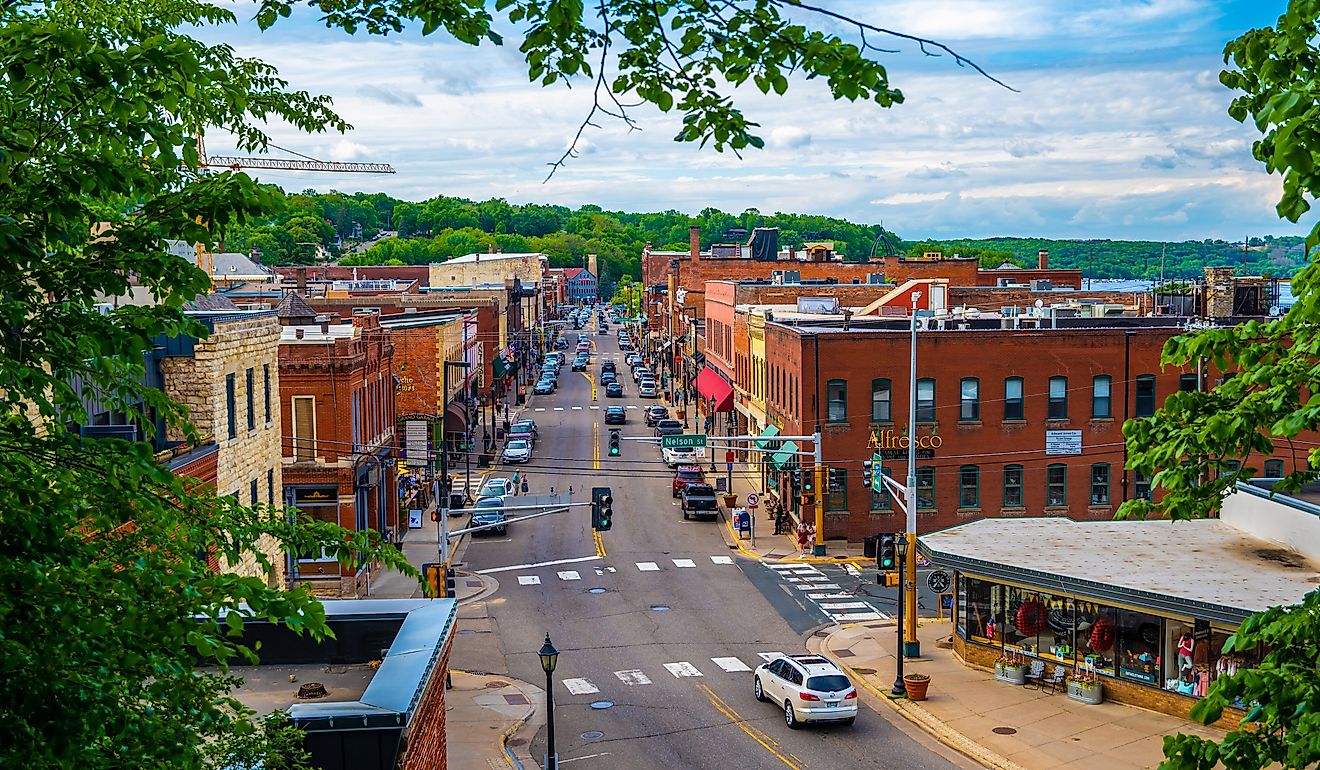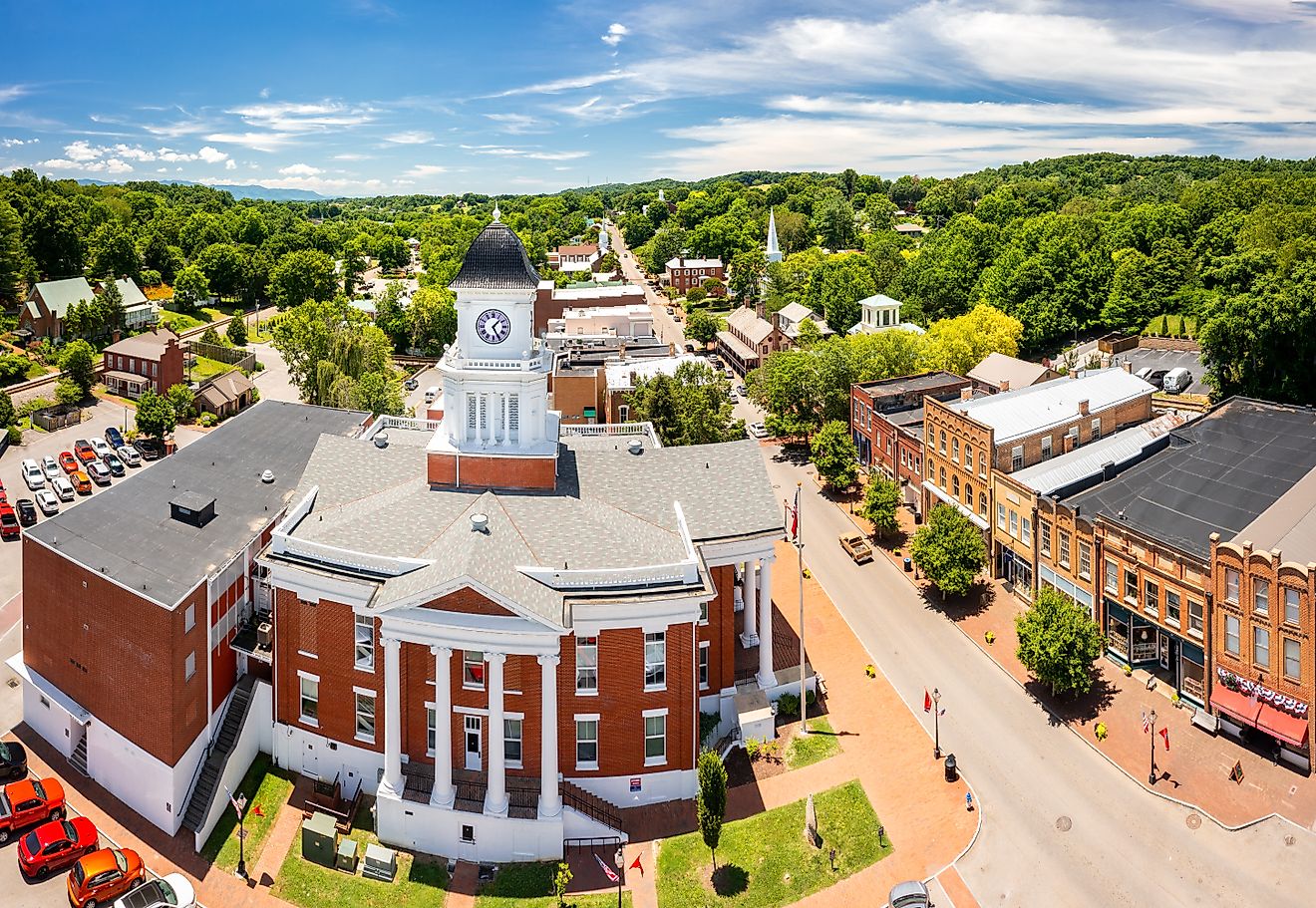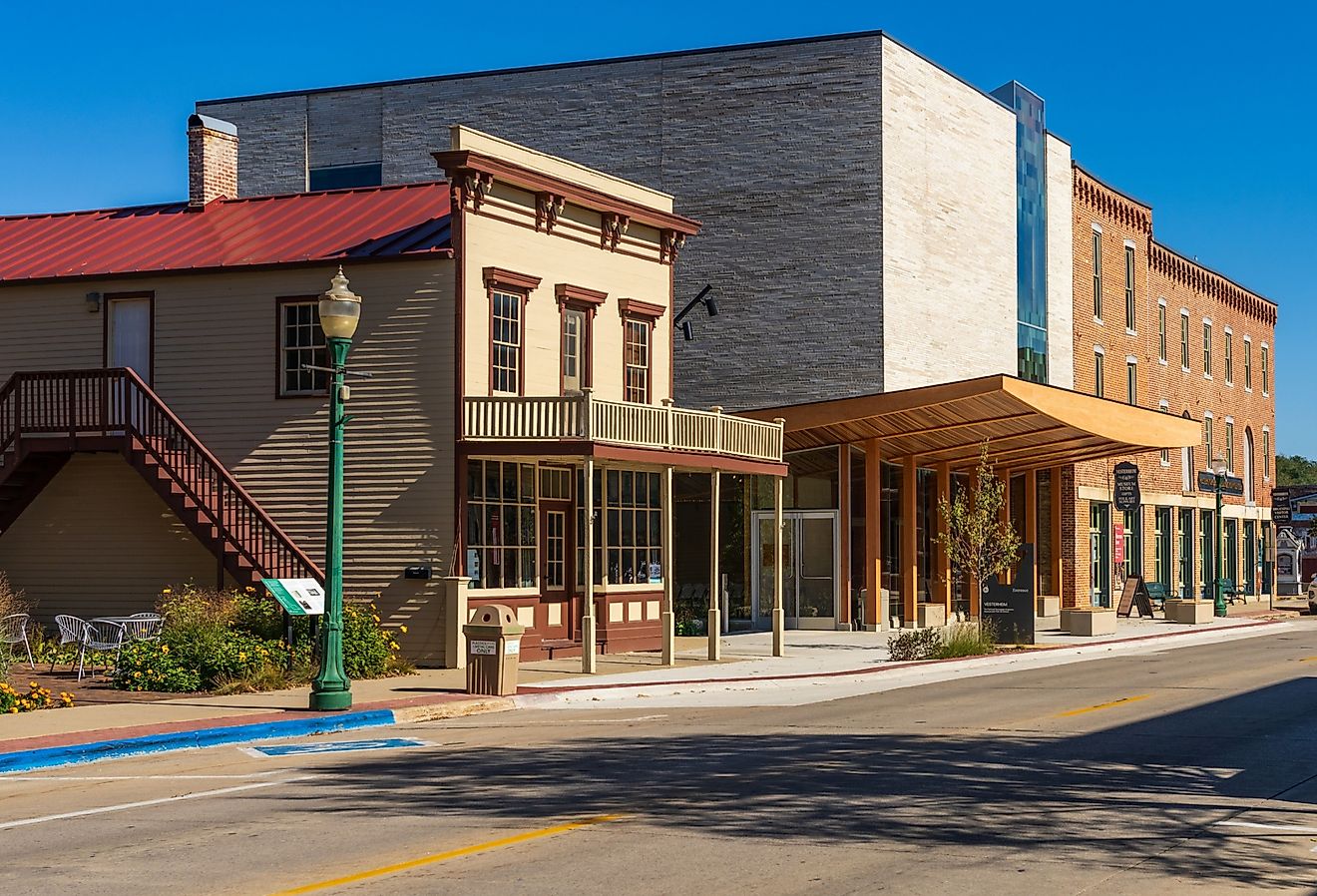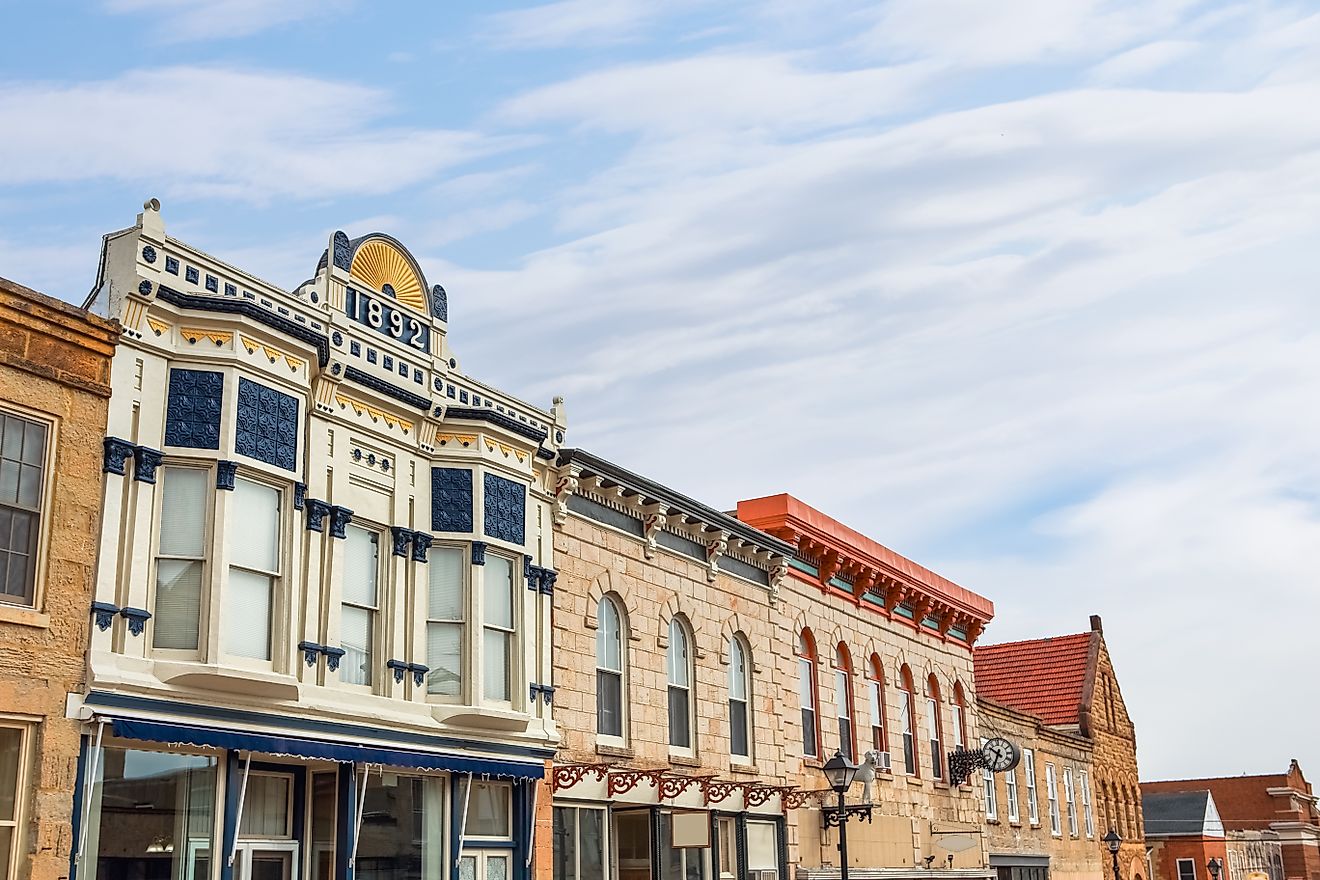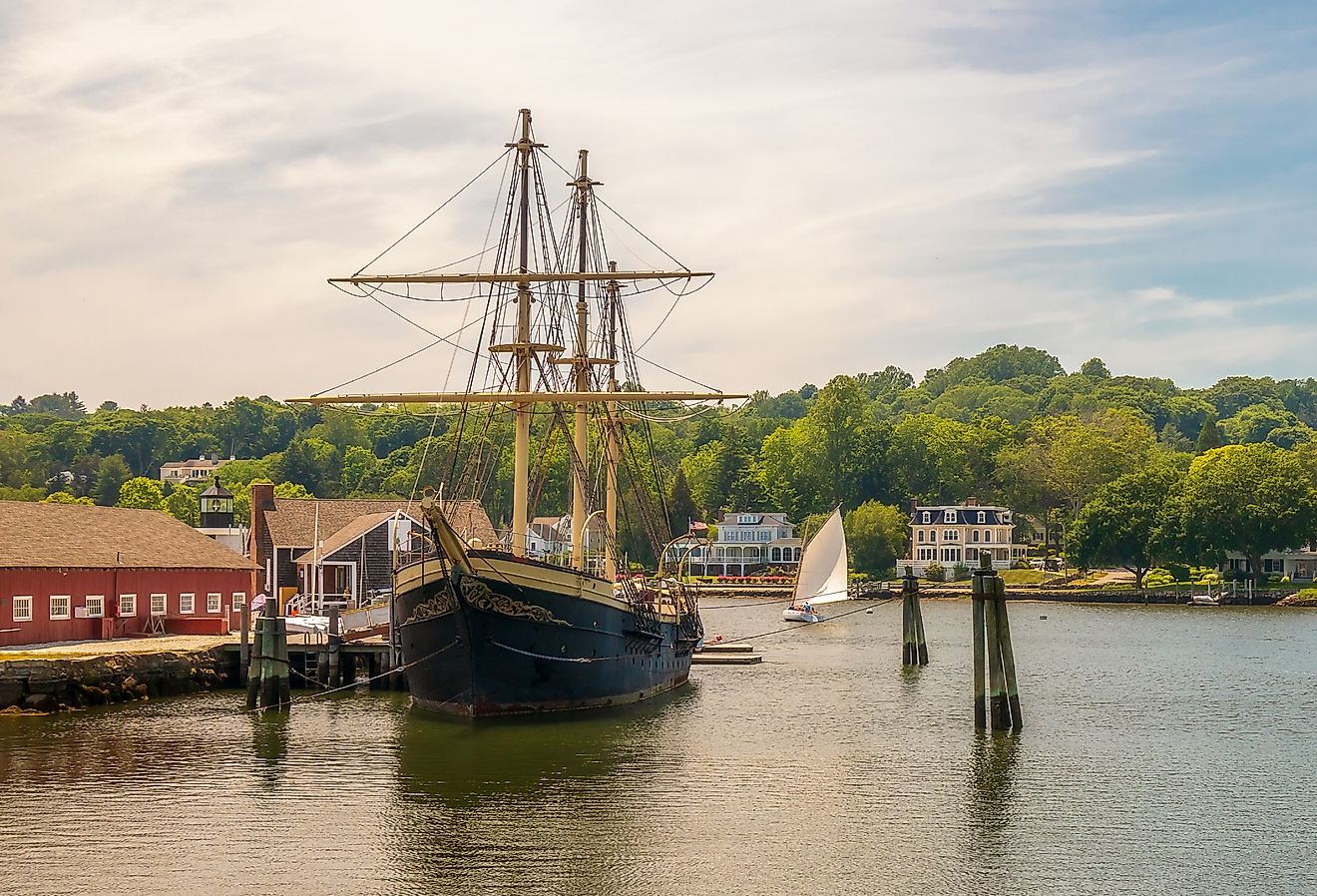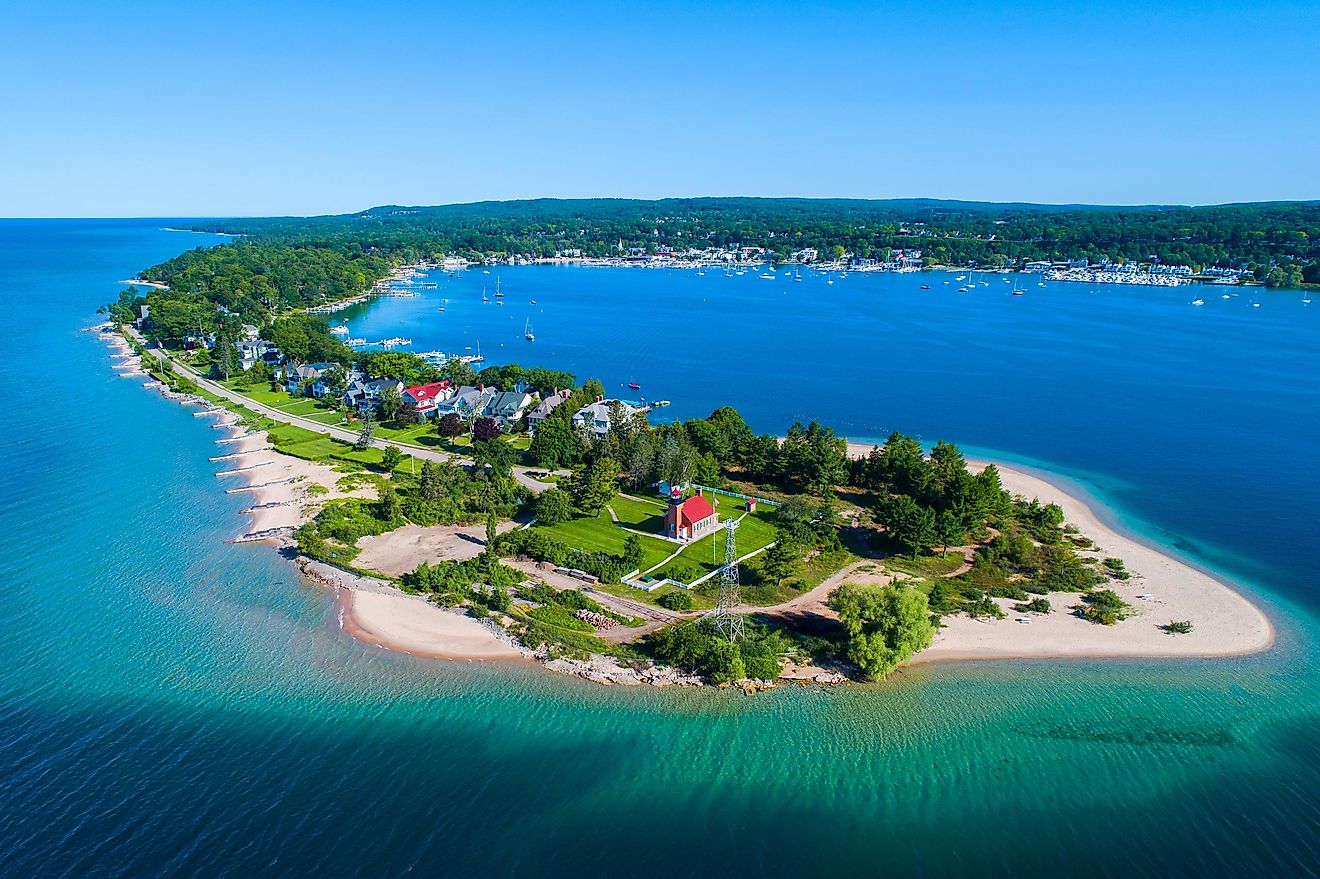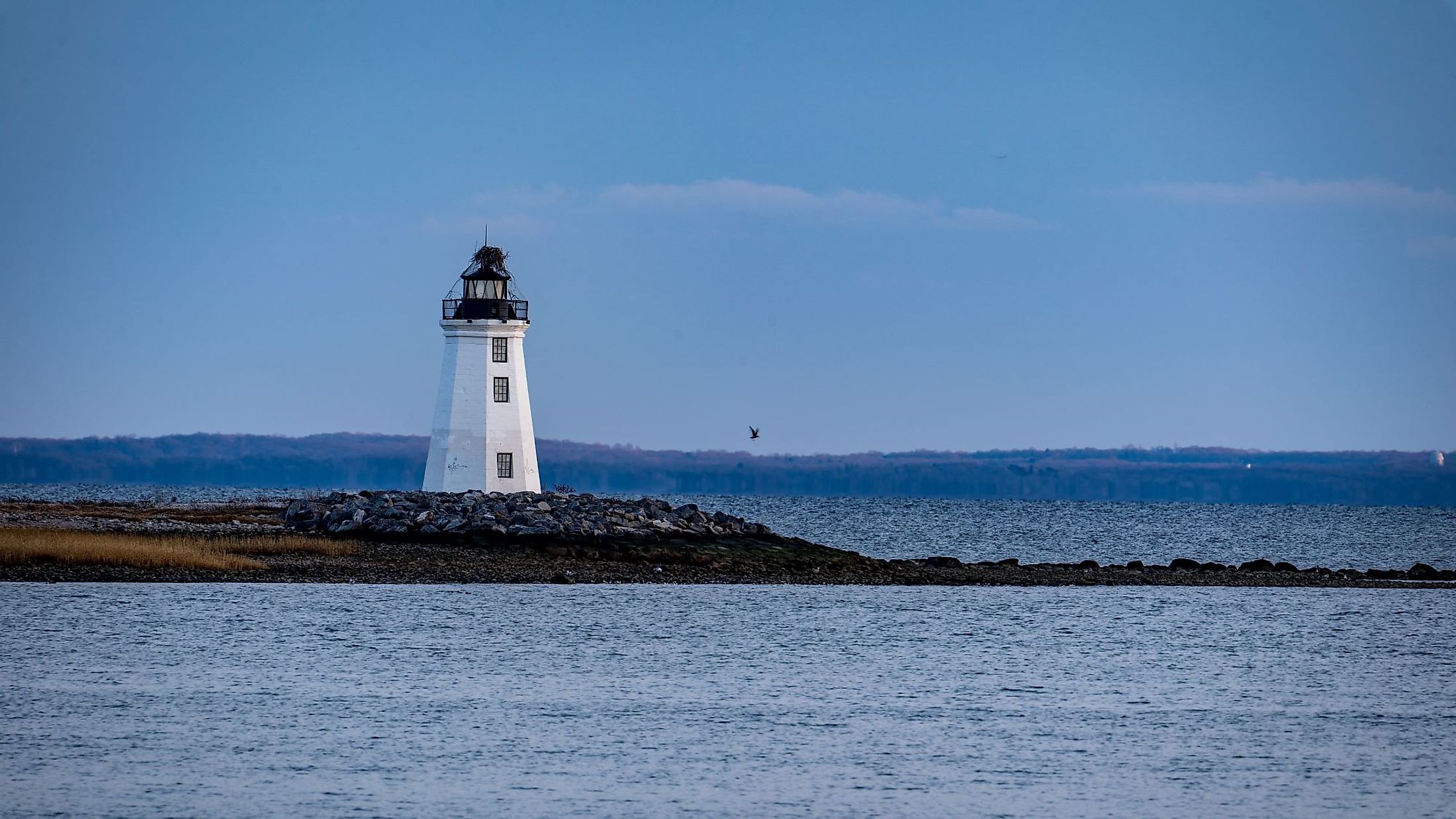
Bridgeport, Connecticut
Bridgeport is home to one of the busiest seaports in the northeastern state of Connecticut. The deep waters in the harbor allow large vessels to dock while the tides are high. Bridgeport has a vibrant music scene and top restaurants – making it a must-visit destination for all guests and local Connecticuters. It is a lively city that operates the University of Bridgeport and Housatonic Community College.
Geography Of Bridgeport
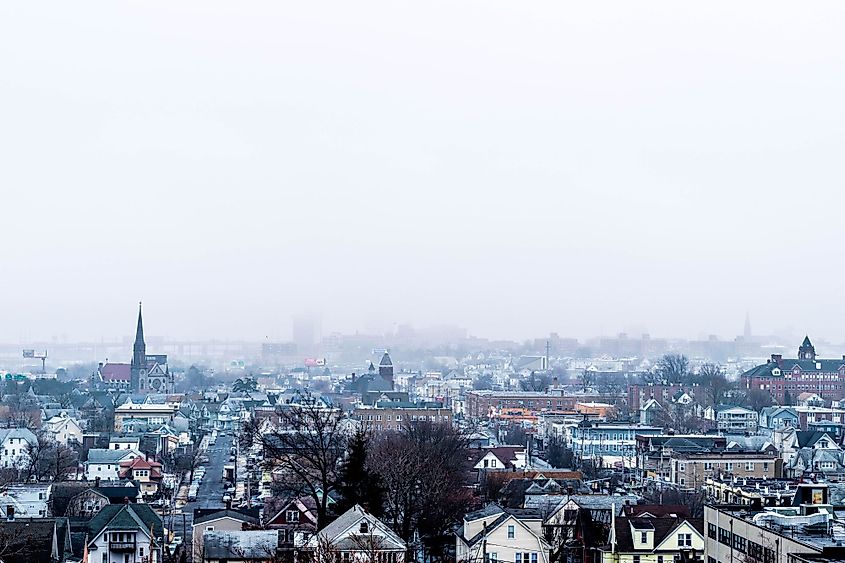
In southwestern Connecticut, Bridgeport lies on the coast of the Long Island Sound and covers a total area of 50.2 sq. km. The Long Island Sound is an estuary where freshwater sources mix with the salt water from the Atlantic Ocean. The Pequannock River runs through the city and empties into Bridgeport Harbor, creating a particularly fertile ecosystem for aquatic species. From the harbor of Bridgeport to the northern section of the town, the elevation ranges from 3 meters to 20 meters. The oldest and largest privately owned ferry service in the United States, McCallister Towing and Transportation Co., carries up to 100 vehicles and 1000 passengers every hour directly across the Sound from Bridgeport to Port Jefferson, New York. Eighty-five kilometers south on I-95, motorists can reach Upper Manhattan, New York City, with impeccable views of the George Washington Bridge. Almost 250 kilometers northwest, the world-famous coastal city of Boston, Massachusetts, meets the Atlantic Ocean. And explorers can reach the Appalachian Trail, 86 kilometers northeast of Bridgeport.
Climate Of Bridgeport
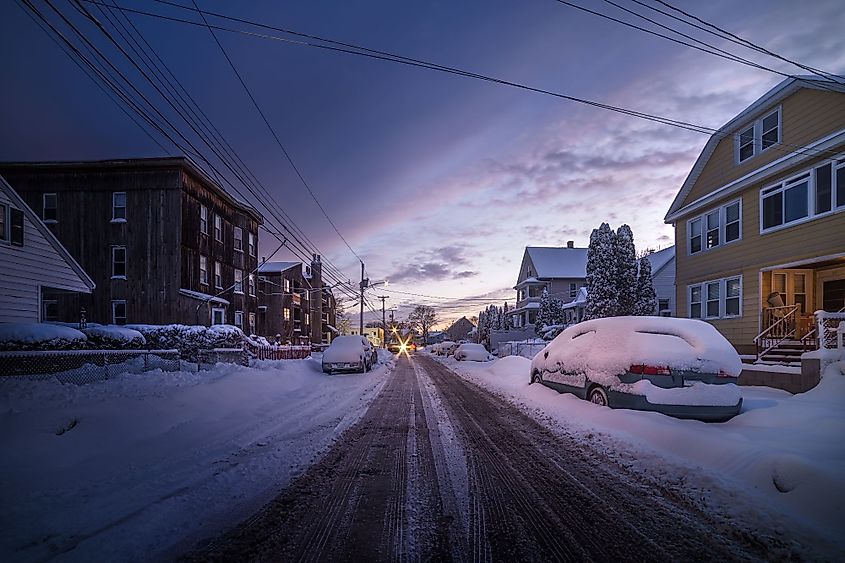
Bridgeport goes through all four seasons each year, with warm and humid summers – and cold, snowy winters. But one season is more prominent for Bridgeport's citizens, the Hurricane Season. The city gets heavy rain throughout the year, while June is the wettest month, with an average of 98 millimeters. Hurricane season is extremely humid in the city, where temperatures range from 20˚C to 30˚C and average 54% humidity. Residents are on high alert from June to November as Southern Connecticut is prone to tailwinds, storm surges, and sometimes, a direct hit from the hurricanes. In the history of Bridgeport, there have been six devastating hurricanes dating back to 1938. Once this hazardous season expires, temperatures cool down, and more cloud cover enters the region. Winter lows finally drop below the freezing point near the beginning of December, and snowfall accumulates exponentially. The coldest and snowiest month is January, the average high is 3˚C, and almost 50 centimeters of snow can blanket the city after the New Year Holiday. The flurries will halt in mid-April, and temperatures will climb back into the double digits, which allows boaters to prep their watercraft for the upcoming sailing season.
History Of Bridgeport
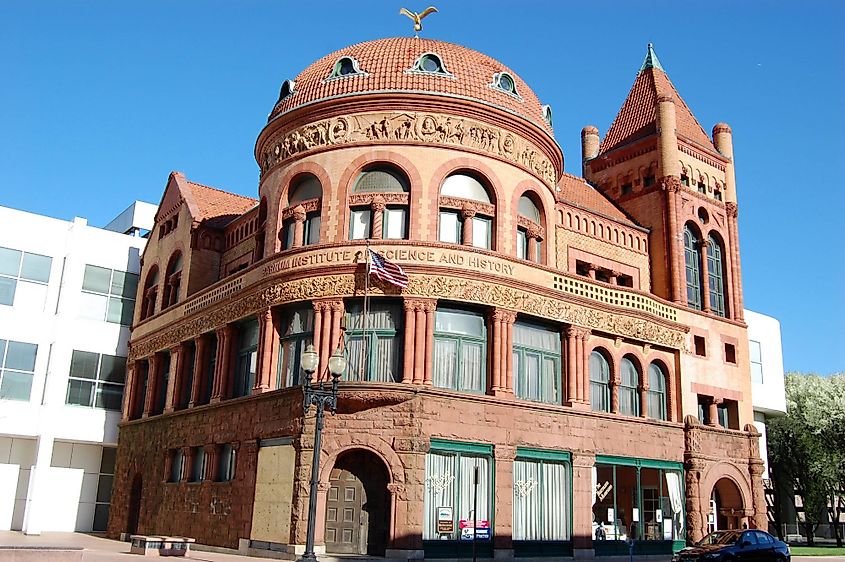
The indigenous Paugussett Tribe first lived in Poquonock, the original name of the settlement that changed a few times before what is known today, which is Bridgeport. The aboriginal communities hunted and fished from the nearby streams and sea for hundreds of years before some of the first European settlers stepped foot on the North American continent. The Dutch explorers were the first to arrive in the Connecticut area in the early 1600s – they sailed the Sound and rivers but never settled. By the mid-1600s, the British reached the southern coast of Connecticut, when they decided to inhabit this pristine area. By 1694, the first settlers presented the first name change to Fairfield Village. The new label wasn't persistent. By 1701, Stratfield became its new title and would be known as this for almost the next one hundred years. The final alteration happened in 1800 when the settlement became Bridgeport, and thirty-six later, the incorporation as a municipality. The name derives from the first constructed drawbridge, which connected the land on either side of the Pequannock River. Connecting Bridgeport to the rest of the United States, in 1840, the appearance of the railroad entered the township. The railway sparked an industrial revolution that helped the local economy tremendously. Elias Howe, an American inventor, created the lockstitch sewing machine and opened the Howe Machine Company to manufacture these machines in 1865. Elias Howe became the mayor in 1875 and helped establish the Bridgeport Hospital three years later. Viewers can view his accomplishments where they are displayed in the Barnum Museum today.
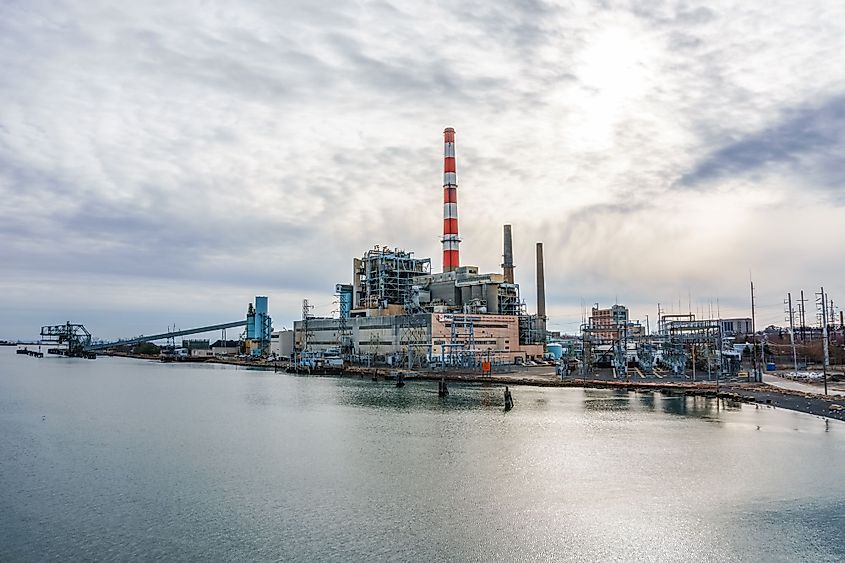
Just before Elias became the town's mayor, the tale of the Frisbee began in 1871. A resident baker opened his pie shop, the Frisbee Pie Company, thanks to William Frisbee. Students from nearby universities would finish their sweet baked goods and throw the empty pie tray, shouting "Frisbee" as they released the tray into the air. It wasn't until 1957 when Wham-O Toy Company released the first plastic discs, honoring William Frisbee with the name of this ever-famous toy. A German settler, Gustave Whitehead, claims to have completed the first controlled flight just over two years before the Wright brothers. Unfortunately, Whitehead did not have photographed proof of his flight. Post-secondary education took a while to arrive in the city - the University of Bridgeport opened in 1927 and enrolls over 3,500 students today.
Population And Economy Of Bridgeport
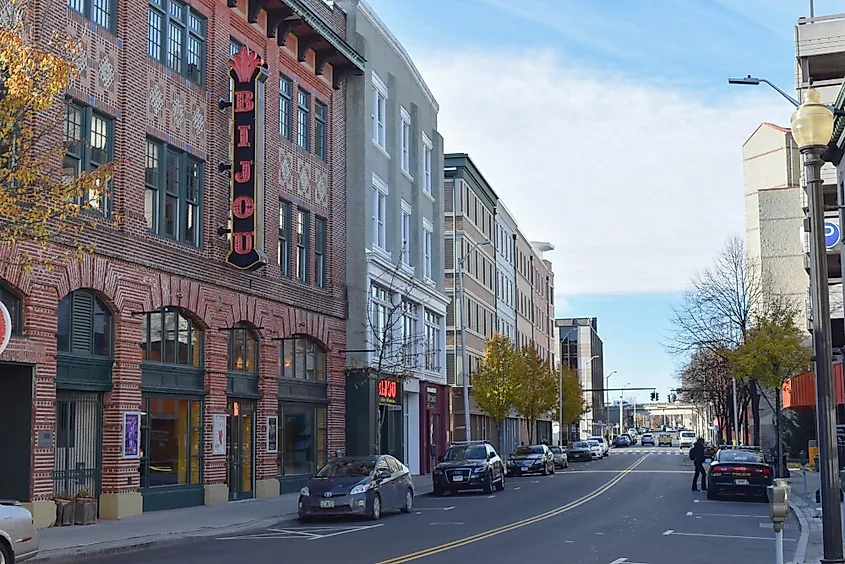
Bridgeport is Connecticut's most populous city, with 149,543 citizens residing within the city's boundary. The city had over 158,000 residents in 1950, and it started to decline until the early 2000s. Over the past twenty years, almost 20,000 people left the town over 50 years, but the population has risen. Bridgeport was the seat of Fairfield County, and the county has not had a seat since 1960. Bridgeport has a poverty rate of 23% and an average household income of about $64,100. Rental prices have increased to $1,171 monthly over the past few years, while the average house costs around $186,000. Bridgeport residents' average age is 34.3 years, 32.5 years for men, and 36 years for women. Nearly 30% of people are of European descent. Italians (8.6%), Irish (5.1%), Portuguese (2.9%), Poles (2.8%), and Germans (2.4%) are the most common ethnic groups in the city. Over 67,000 people contribute to the workforce, and the most significant industries are Health Care & Social Assistance, Retail Trade, and Accommodation & Food Services. Regarding income, the most lucrative sectors are public administration, utilities, and management of companies and enterprises.
Attractions In Bridgeport
Seaside Park
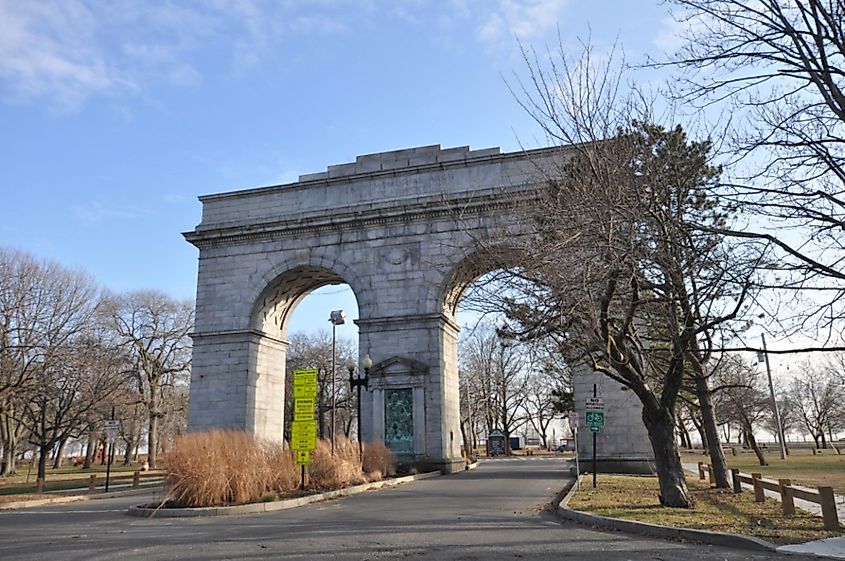
The historical Seaside Park has 375 acres of lush ocean front, and the dramatic Perry Memorial Arch act as its epic gate. Scattered through the green space are historical monuments and statues, such as P.T. Barnum, Elias Howe, cannons used in the Civil War, and the soldier's monument. Inside Seaside Park, Seaside Beach stretches five kilometers down the coast and is the perfect place for runners, dog walkers, and families to enjoy as they please.
Housatonic Museum of Art
Located on the Housatonic Community College's campus, the Housatonic Museum of Art houses one of the finest college art collections in the United States. The Museum, established by Burt Chernow, is dedicated to presenting, preserving, and interpreting objects of artistic or historical value. Students and visitors can view the historical collection in an enormous 300,000 sq. foot facility.
Connecticut's Beardsley Zoo
Connecticut's Beardsley Zoo is the only wildlife park in the state and has been in service for almost 100 years. The zoo is devoted to conserving endangered animals and vigorously developing tactics to protect species and preserve their wild habitats. They are an accredited member of the Association of Zoos and Aquariums (AZA) and a contributor to Species Survival Plan (SSP) programs. The wildlife park offers impressive displays of different animal species for visitors to witness up close in a safe environment.
